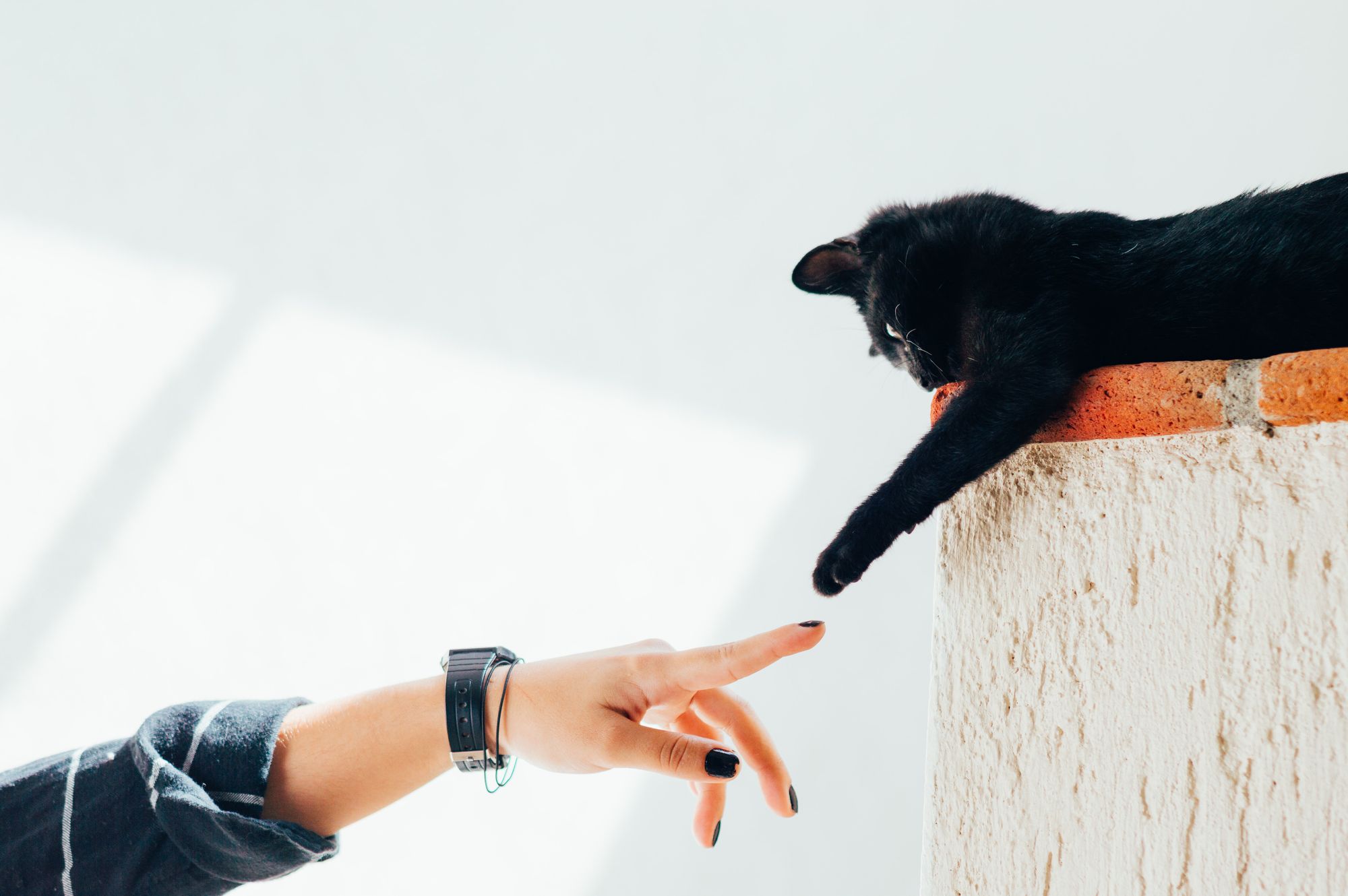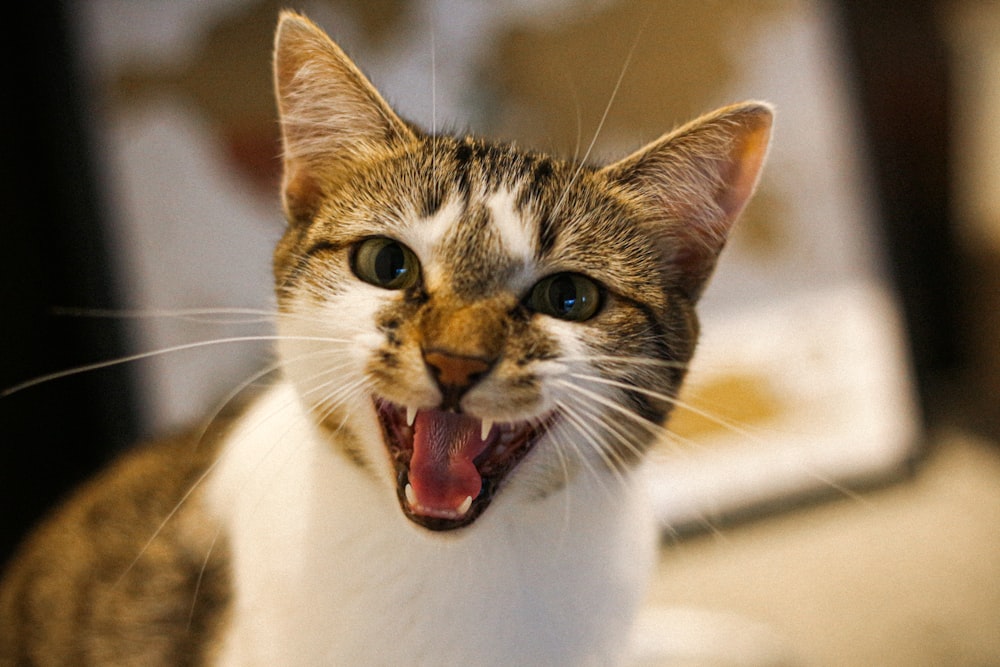Scratching is a totally natural and necessary cat behavior. While you don’t want your cat to scratch your furniture, it’s imperative that they have plenty of opportunities to scratch and keep their paws healthy. To help you manage your cat’s scratching and encourage the use of a scratching post, this article will explain:
- Why cats scratch things
- Reasons why your cat isn’t using their scratching post
- Tips to get your cat to use their scratching post
- Frequently asked questions about training a cat to use a scratching post
Why do cats scratch things?
Scratching is a necessary and natural behavior in cats. They scratch in order to express emotions, mark objects, and keep their paws and nails feeling healthy. Providing your cat with acceptable objects to scratch (e.g. a variety of cat scratchers) is vital. If you don’t do this, they may start scratching your furniture, wallpaper or carpets.
Reasons why your cat won’t use a scratching post
There are a few reasons why your cat might not be using their scratching post:
- Location. The scratching post isn’t in a location where your cat frequently visits and/or wants to scratch.
- Lack of interest. Your cat isn’t interested in the scratching post you’ve selected. Your cat’s reaction might be due to the shape, texture or size of the scratching post.
Tips to get your cat to use a scratching post
To encourage your cat to use a scratching post, try these tips:
- Get a variety of scratching posts. In addition to cardboard posts, this means exploring upholstered, wood, carpeted (avoid this if your cat is prone to scratching rugs in your house), horizontal posts, vertical posts and slanted posts. All of these different textures and angles will help provide your cat with interesting alternatives to your furniture.
- Dazzle each scratching post. Use toys and catnip to make your cat think, “Wow, this is awesome.” Try hanging different toys from each post every few days so that your cat’s interest is maintained over time. Catnip isn’t something you need to use every day, but bring it out when you really want to incentivize your cat.
- Make the ground around your furniture uncomfortable. Cover the floor where your cat stands to scratch (e.g. the floor by the corner of your couch) with plastic wrap, double-sided tape, or sand paper. Be sure to position a scratching post nearby so your cat has a suitable scratching alternative.
- Gently pick up your cat and place them by their scratcher. You can either take their paws and gently mimic a scratching motion on the scratcher, or you can scratch the scratcher yourself to show them the motion.

Frequently asked questions about training a cat to use a scratching post
Can cats be trained not to scratch furniture?
Scratching is a necessary and natural behavior in cats. While you can’t train your cat not to scratch, and nor should you want to, you can teach them where and what to scratch. To do this, provide them with a number of different (non-furniture) surfaces and objects to scratch, and make these different surfaces interesting enough that your cat prefers them to the furniture items in your home.
Do scratching posts dull claws?
No, scratching posts don’t dull cat claws. Scratching posts help keep your cat’s claws healthy by removing the dull parts of the claw and exposing the fresh, sharper layers underneath.
Do cats actually use scratching posts?
Yes, cats use scratching posts! Providing your cat with a variety of scratching posts is vital for keeping your cat’s claws healthy and reducing the likelihood that they start scratching your furniture, wallpaper or carpets.
What keeps cats from scratching furniture?
To deter your cat from scratching your furniture, provide them with suitable alternatives for scratching. This means giving them a number of different scratching post options including vertical posts, horizontal posts, and different scratching surfaces.




